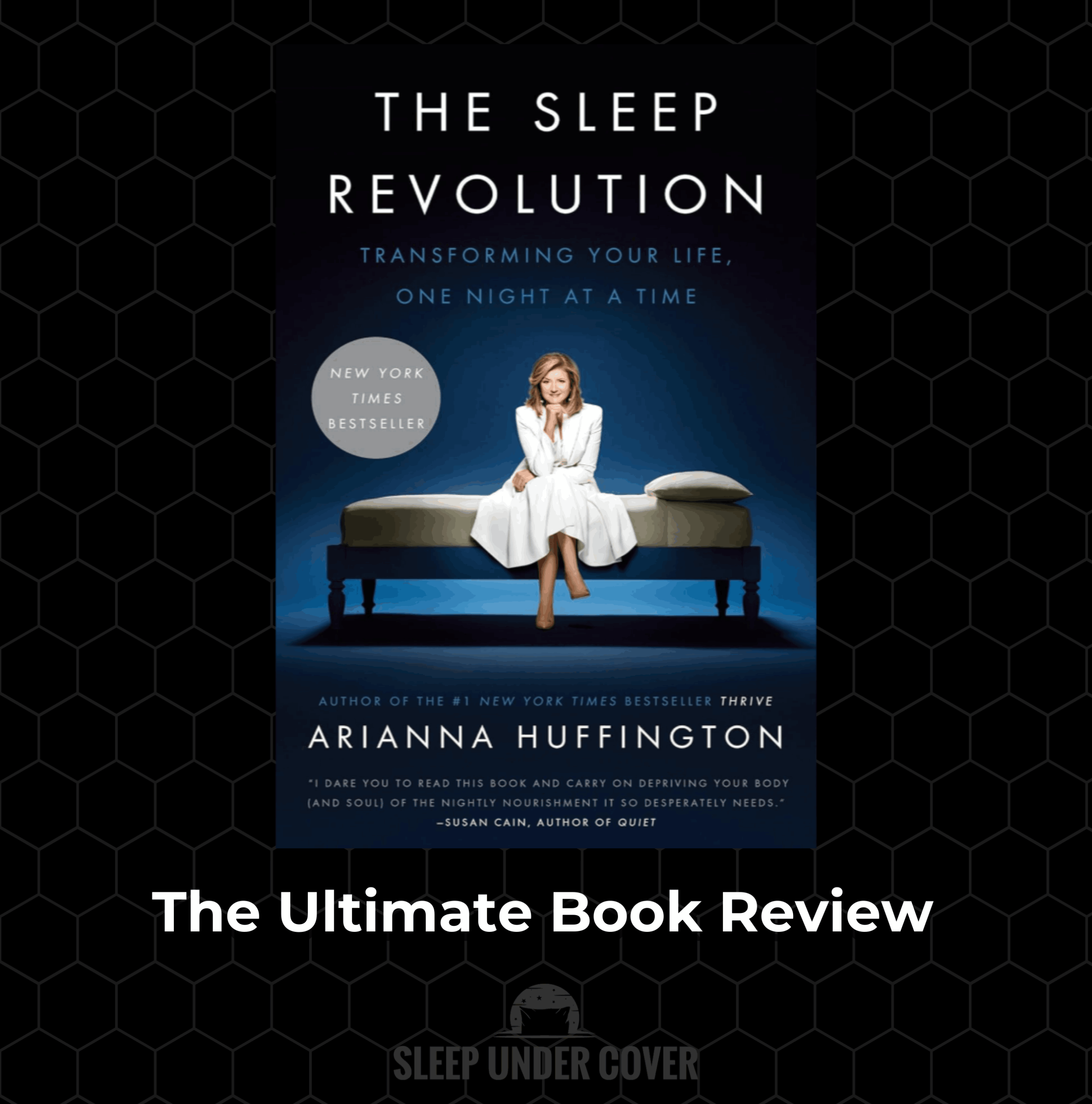Introduction
In a world that often glorifies busyness and views sleep as a luxury or even an obstacle, Arianna Huffington‘s “The Sleep Revolution” glows as a vital and compelling wake-up call. Far more than just a book, it is presented as a comprehensive exploration of sleep, an ancient, essential, and mysterious phenomenon examined from all angles. This insightful work aims to help readers understand the profound importance of sleep and explore ways to regain control over lives that have become out of kilter due to chronic rest deprivation.
The book is born from a deep understanding of a pervasive modern issue. For instance, the author herself admits to buying into the cultural norm of sleep deprivation as essential for achievement and success after leaving home. This sleep-be-damned approach continued for years, leading eventually to her own collapse from exhaustion. This personal journey underpins the book’s earnest tone and its dedication to those who are “sick and tired of being sick and tired.”
Unveiling the Crisis
The initial section, aptly titled “Wake-Up Call,” immediately confronts the reader with the reality of the current sleep crisis. Indeed, overwhelming evidence is presented to demonstrate that we are deeply immersed in this crisis. Alarmingly, more than 40 percent of Americans get less than the recommended minimum seven hours of sleep per night.1 Furthermore, similar, if not worse, statistics are reported from around the world.
This widespread lack of sleep has significant consequences, impacting various vital industries. It affects transportation, where alertness is paramount. Medicine also feels the strain. Moreover, politics and law enforcement are not immune. The cost is substantial, as demonstrated by the fact that the United States alone loses an estimated $63 billion of productivity every year due to sleep deprivation.2
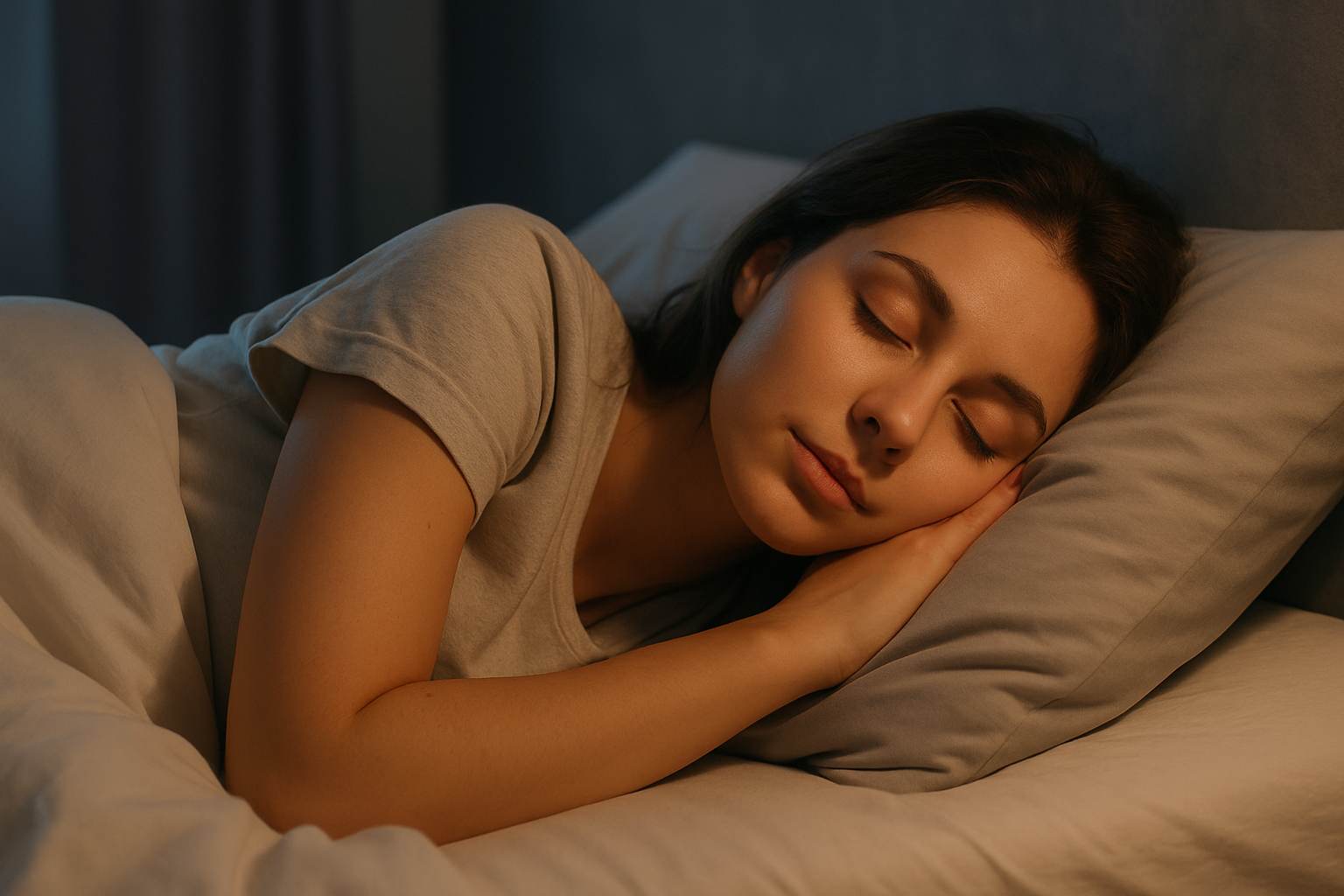
Historical Perspectives and Modern Pressures
To fully grasp the modern crisis, the book delves into the history of sleep. Historically, sleep was often venerated. It was seen as a unique portal to the sacred. Prior to the Industrial Revolution, sleep patterns were different, often involving segmented sleep. However, this changed dramatically with industrialization.
During this era, sleep became just another obstacle to work. Its veneration was sacrificed to the idea of progress and productivity. Although the labor movement in the twentieth century pushed back against the encroachment of work into personal lives, and the birth of sleep science revealed sleep’s deep connection to health, the end of the century brought new challenges. Technological advances arrived that allowed our workdays to essentially never end. This, therefore, is where we find ourselves today.
The Science of Sleep: More Than Just Inactivity
The science of sleep is thoroughly examined, revealing that far from being a time of inactivity, sleep is a highly complex and crucial process. When we finally drift off, a lot is happening. Many parts of the brain remain feverishly busy. Consequently, what these parts are doing—or not doing when we neglect sleep—has huge consequences.
Importantly, sleep plays a major role in brain maintenance. While we sleep, the brain is able to get rid of toxins. These toxins include proteins associated with Alzheimer’s disease. Therefore, if we do not allow the brain time to do this crucial work, the cost can be high. For instance, studies show a link between poor sleep and toxic buildup of Alzheimer’s protein. Men who self-reported a sleep problem were one and a half times more likely to contract Alzheimer’s.
Sleep and Mental Health: An Intricate Connection
Beyond physical health, sleep is intricately connected with our general mental health. Indeed, sleep affects our mental health every bit as profoundly as it does our physical health. Sleep deprivation has been found to have a strong connection with practically every mental health disorder we know of. This is especially true for depression and anxiety.
University of Delaware psychologist Brad Wolgast3 notes that when you find depression or anxiety and scratch the surface, 80 to 90 percent of the time, you also find a sleep problem. Furthermore, researchers in the Great British Sleep Survey4 found that sleep-deprived people were seven times more likely to experience feelings of helplessness and five times more likely to feel lonely. Consistent early bedtimes may even reduce the risk of mental illness. This involves our ultradian rhythms, which are regulated by dopamine. Sleep disturbances interfere with dopamine levels, leading to imbalances linked to bipolar and schizophrenic disorders.
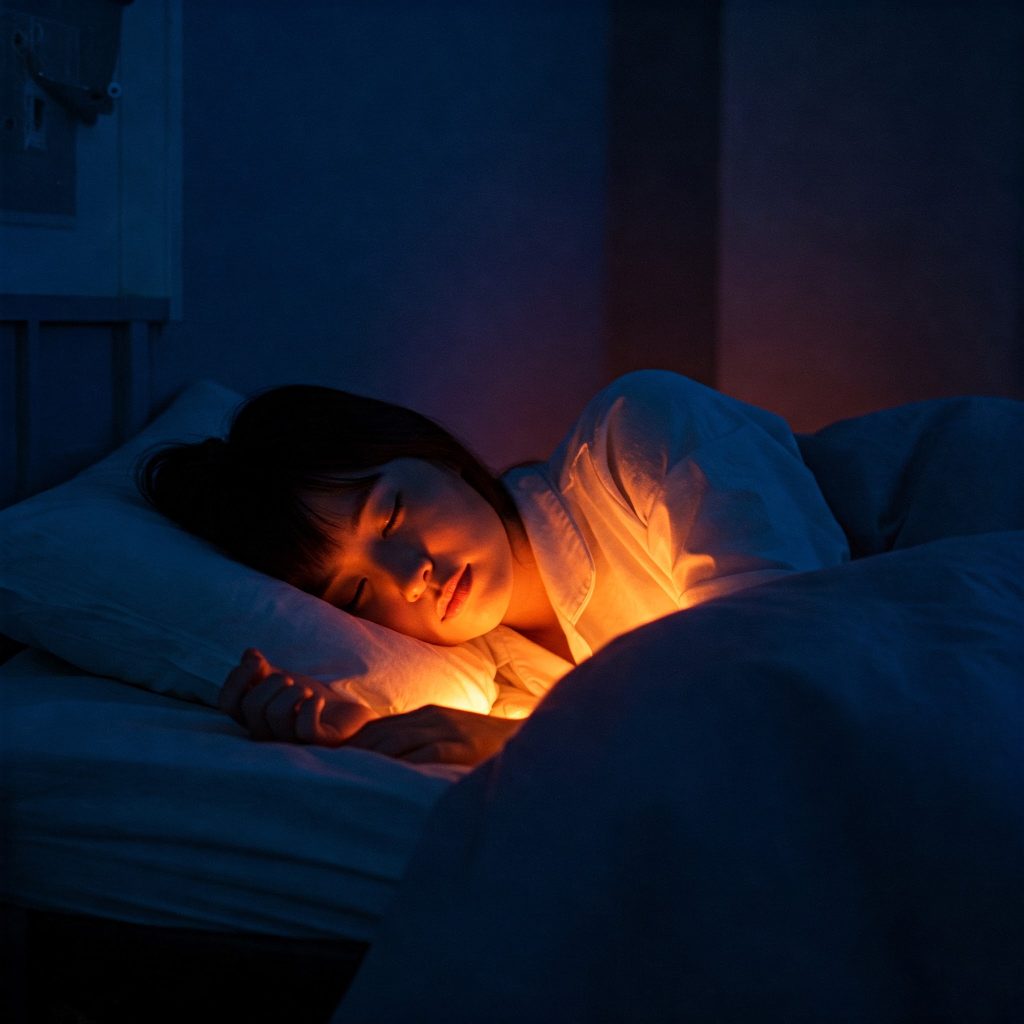
The Realm of Dreams
One of the most fascinating aspects explored is the world of dreams. The book dedicates an entire chapter to this mysterious phenomenon. Dreams are described as a gateway to another world. They offer a timeless journey to other inward dimensions. Surrendering to sleep every night is, in essence, the ultimate letting go.
The book highlights various perspectives on dreams. Carl Jung viewed the dream as a “little door, hidden in the innermost and most secret recesses of the soul.” He believed comparative studies of dreams were crucial. Edgar Cayce, “the Sleeping Prophet,” interpreted dreams, suggesting they could provide information or be the result of the body digesting. Literary figures also found inspiration in dreams, from Emily Brontë to Robert Louis Stevenson.
Dreams as Inspiration and Rehearsal
Beyond mere introspection, dreams can be incredibly practical. Famously, Google was conceived in a dream. Larry Page described waking up at 23 with the thought, “What if we could download the whole web and just keep the links?” He immediately grabbed a pen and started writing, realizing the idea wasn’t even on the radar before. His advice? “When a really great dream shows up, grab it!”
Studies even suggest dreams can aid learning and performance. A French study5 looked at the dreams of medical students before an important exam. Those who dreamed about the exam scored higher than those who didn’t. The frequency of these dreams, even negative ones, correlated with actual exam scores. Dreams may help the brain rehearse or motivate addressing weaknesses after waking. This is certainly preferable to pulling an all-nighter to cram.
From Awareness to Action
The book transitions from detailing the problem and the science to exploring “The Way Forward.” This section focuses on how to move from awareness to action. Knowing sleep is important is one thing; incorporating that knowledge into our lives is another. It’s not always easy, as Dr. Willis H. Tsai notes; the problem is often in the execution. It’s like knowing fast food is bad but eating it anyway.
The book aims to provide concrete steps and techniques to help people make changes. Part Two explores innovations and practical strategies. It emphasizes “Mastering Sleep.” Drawing on scientific findings and human experiences, the book offers tools to help regain control.
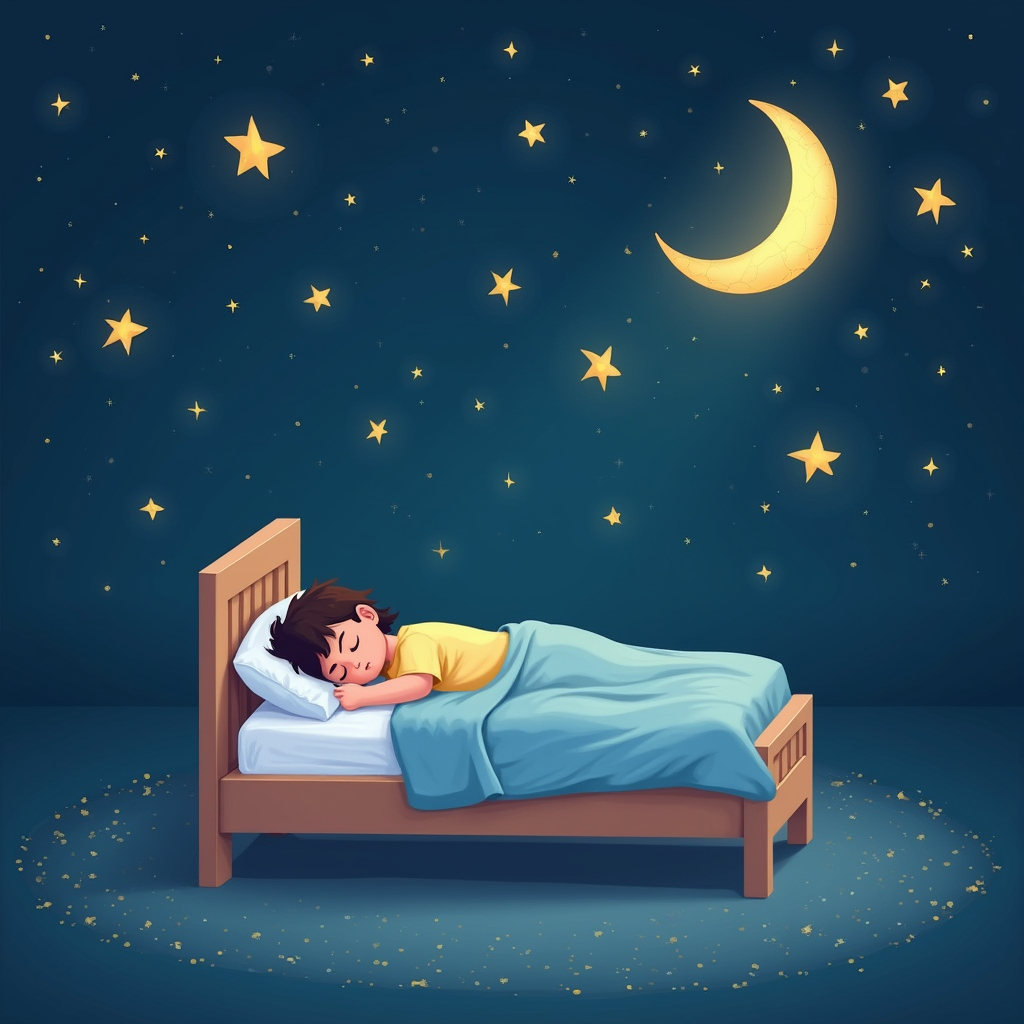
Practical Strategies for Better Sleep
Numerous techniques and approaches are discussed to help improve sleep. Mindfulness meditation can be beneficial. A Stanford study6 found a six-week course helped insomniacs fall asleep much faster. The appendix provides a list of recommended guided meditations. Practicing gratitude can also help. Neuroscientist Richard Davidson reflects on his day with gratitude, finding it eases the transition to sleep.
Breathing techniques are highlighted as useful tools. The 4-7-8 method, rooted in pranayama, is simple and potentially very effective. Inhale for four, hold for seven, exhale for eight. Dr. Andrew Weil suggests this can induce sleep quickly with practice. It certainly calms and relaxes the mind. Another technique is visualizing serenity, coupled with a half-smile relaxation response.
Overcoming Insomnia and Anxiety
For those struggling with insomnia, the book presents a potentially ingenious approach: paradoxical intention. This technique, tested in a University of Glasgow study7, involves deliberately trying to stay awake instead of trying to fall asleep. The study found this led to a significant reduction in sleep effort and performance anxiety. Participants realized that when they tried to remain awake, they felt sleepier. Normal sleepers don’t try to sleep; this method helps anxious insomniacs regain that “blasé attitude.”
Insomnia itself is a significant problem. A third of adults have a hard time falling asleep. About 10 percent meet the criteria for chronic insomnia. The sleeplessness spiral is a common experience. The more one tries to will oneself to sleep, the further away it seems to get. Trying to stay awake can interrupt this cycle.
Organizing Your Mind for Rest
Preparation for sleep involves calming the mind. The “mind dump” technique is suggested as a way to finish the day and be done with it. Ralph Waldo Emerson advised finishing each day and letting go of blunders and absurdities. Joey Hubbard directs workshops where the “mind dump” is used. Before bed, one writes down all the things they need to do.
This simple act can empty your mind. It reassures you that you don’t need to remember your tasks through the night. Your to-do list will be waiting for you in the morning. Furthermore, upon waking, avoiding the immediate rush of the outside world is advised. Instead of grabbing your phone, pausing and taking deep breaths can help recall dreams.
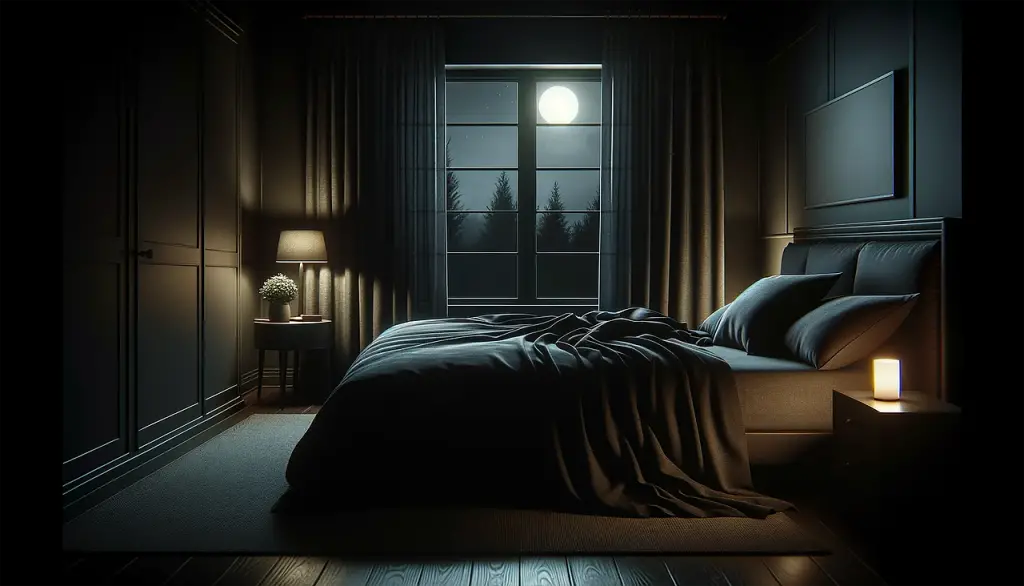
The Business and Travel World Embrace Sleep
Encouragingly, the importance of sleep is gaining recognition in various sectors. The workplace is one area where changes are happening. While some environments, like the tech world, have been centers for burnout, awareness is growing. More companies are installing nap rooms. Ben & Jerry’s, Zappos, and Nike are examples. HuffPost itself installed nap rooms. Though initially met with skepticism, they are now perpetually full and spreading globally.
The travel industry is also beginning to embrace the sleep revolution. Hotels are taking steps to help guests get the best possible sleep. They are tapping into the creativity of designers, engineers, and scientists. The Corinthia Hotel London offers a “Sumptuous Sleep Retreat” with expert guidance and sleep-inducing amenities. Other hotels like the Four Seasons, InterContinental, and Marriott are also incorporating features to promote rest. While many special offerings are currently at higher-end hotels, the book expresses hope that such features will become standard at all levels.
Sleep as a Performance Enhancer in Sports
The sports world, surprisingly, is another frontier where sleep is being recognized as the ultimate performance enhancer. As WebMD notes8, just as athletes need more calories, they also need more sleep. Teams and coaches are starting to prioritize rest.
Researcher Cheri Mah conducted studies9
showing the benefits of sleep extension on the athletic performance of collegiate basketball and football players. Multiple weeks of sleep extension led to improvements in speed, accuracy, reaction time, and overall well-being. Coaches like Pete Carroll understand the critical link between fatigue and performance. Sleep is no longer seen just as recovery but as a key part of training.
The Role of Technology
Technology, which contributed to the “workdays that never end” problem, also plays a role in the sleep landscape. The book touches on putting technology in its place, specifically not on your nightstand. Technology can be a hindrance, but it can also offer tools.
For example, Twitter data is being explored to shed light on sleep disorders. Apps like Sleepio offer programs to help improve sleep. However, the pervasive nature of devices and constant connectivity poses a challenge. The urge to grab a cell phone first thing in the morning can disrupt dream recall and bring the outside world in too quickly. The book emphasizes the need to manage technology to protect sleep.
Personal Stories and Collective Wisdom
The book is enriched by a wide range of human stories and experiences. From the author’s own collapse to the seizure suffered by Rajiv Joshi due to exhaustion, personal anecdotes highlight the serious consequences of sleep deprivation. Joshi’s reflection that the struggle for a better world is a marathon, not a sprint, starting with personal sustainability, is particularly poignant.
The book incorporates insights from scientists, doctors, historians, and individuals from various walks of life. Contributions from HuffPost readers and personal friends add layers of relatable experience. This collective wisdom underscores the universal nature of the sleep challenge and the shared journey towards better rest. The book is described as becoming the “book equivalent of co-sleeping” with more people and ideas included.
A Call for a Sleep Revolution
Ultimately, “The Sleep Revolution” is a powerful call to action. It urges readers to move from mere awareness to actual change. The book presents compelling evidence that sleep is not just beneficial; it is fundamental. It is a gateway through which a life of well-being must travel.
By prioritizing sleep, we not only improve our physical and mental health and become better at our jobs, but we also connect with a deeper part of ourselves. When we are asleep, the markers of our identity recede. This allows us to see the world anew upon waking, with fresh eyes and a reinvigorated spirit. It’s a process of stepping out of time and coming back restored.
Conclusion: The Sleep Revolution
The book inspires readers to renew their relationship with sleep. It frames this not as a chore but as potentially a “love affair.” Rediscovering the mystery of sleep and recognizing its power to connect us to a stillness deeper than the unending noise of waking life is a key message.
The dedication to the millions longing for a good night’s sleep highlights the book’s mission. It provides the knowledge and tools necessary to embark on this journey. It is a book that makes a strong case for the profound importance of sleep in every aspect of our lives, urging us to reclaim this vital realm for our well-being and a more complete vision of success. The rich blend of scientific evidence, historical context, and personal stories makes “The Sleep Revolution” an indispensable guide for anyone seeking to improve their relationship with sleep and, consequently, their life.
Check out our other articles for the very latest Sleep Under Cover content.
- Sleep statistics 2025- Josephine Bawab, Pharm.D.
- Insomnia costs U.S. $63 billion annually in lost productivity. Amanda MacMillian, Health.com
- Brad Wolgast – Student Wellbeing
- The 2024 UK Sleep Survey
- Dreaming and Offline Memory Consolidation: Erin J Wamsley
- Stanford Research Update on Sleep
- Research at the Glasgow Sleep Centre
- Can Sleep Improve Your Athletic Performance?
- The effects of sleep extension on the athletic performance of collegiate basketball players

